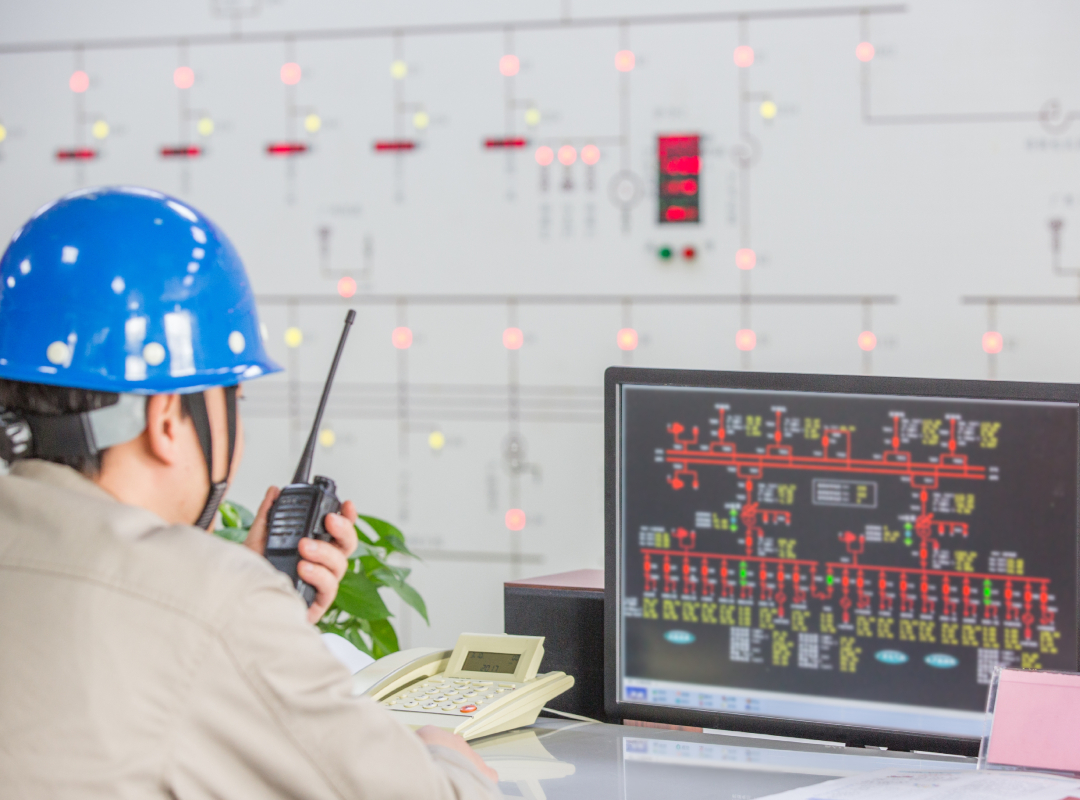Why It Matters in India
India’s power and industrial infrastructure is a mix of new capacity addition (solar, HVDC, metro networks, data centers) and aging assets (transformers, cables, switchgear from the 1980s–1990s). Factors like high humidity, pollution, thermal stress, and heavy monsoon seasons accelerate insulation degradation.
For such conditions, Partial Discharge (PD) monitoring is one of the most effective early-warning systems to prevent fires, catastrophic failures, and costly downtime.
⚡ What Is Partial Discharge?
Partial discharge is a localized electrical breakdown within insulation. While it doesn’t immediately cause a full short circuit, over time it generates:
- Heat → increases fire hazards.
- Chemical byproducts (ozone, acetylene) → accelerates insulation breakdown.
- Electromagnetic emissions → indicate worsening insulation health.
Unchecked, PD can escalate into flashovers, arcing, and fires—especially dangerous in critical facilities like substations, refineries, metros, and data centers.
🏭 Real-World Indian Case Studies
1. POWERGRID HVDC Reactor – Vishakhapatnam
- Problem: A 400 kV, 80 MVAR reactor showed high acetylene levels in Dissolved Gas Analysis (DGA)—a red flag for internal PD.
- Solution: Engineers installed UHF drain-valve sensors and ran 24/7 live PD monitoring. Time-of-Flight localization pinpointed the problem to a single faulty bushing.
- Action: The bushing was isolated and repaired without shutting down the entire reactor.
- Result: PD activity dropped sharply, gas levels normalized, and the asset was saved from catastrophic failure (and possible fire).
👉 Takeaway: Targeted intervention, no unnecessary downtime. This is critical in India, where uninterrupted grid stability supports industries and cities.
2. GIS Installation – Preventing Fire from a Loose Metallic Shield
- Problem: In a GIS setup, PD monitoring (UHF + acoustic sensors) flagged unusual signals.
- Inspection: Maintenance revealed a detached metallic shield piece near a conductor, causing electrical tracking and dangerous PD.
- Action: Engineers removed the fragment, cleaned the site, and re-tested. Post-repair PD signals dropped to safe levels.
- Result: A fire and costly GIS outage were avoided.
👉 Takeaway: Even small defects can trigger major fire risks in GIS, which are increasingly common in Indian cities’ underground substations and metros.
🔍 Why PD Monitoring Is Especially Important for India
- Aging Infrastructure: Many state grids still rely on 30–40-year-old transformers and cables, which are more prone to insulation failure.
- Climate Stress: High humidity (coastal cities like Chennai, Mumbai), dust, and monsoon seepage accelerate PD activity.
- Critical Industries: Refineries, steel plants, and data centers cannot afford unplanned outages or fire risks.
- Urbanization & Metro Growth: Underground GIS substations and metro networks in Delhi, Bengaluru, and Mumbai require compact yet safe insulation monitoring.
- Cost Sensitivity: Online PD monitoring allows predictive maintenance—cheaper than catastrophic replacement and safer than reactive firefighting.
🛠️ Best Practices for Indian Operators
- Adopt Hybrid Monitoring: Combine DGA + UHF/TEV sensors + acoustic PD sensors for multi-angle fault detection.
- Go Online for Critical Assets: Use continuous 24/7 PD monitoring for metro substations, refineries, and data centers.
- Periodic Portable Testing: For smaller utilities and industries, portable PD testers during shutdowns are cost-effective.
- Train Local Teams: PD signals require expert interpretation; training engineers ensures quicker, safer responses.
- Integrate with SCADA/Cloud: Modern PD monitors can feed data into existing SCADA and asset management systems—ideal for remote sites in India’s vast power grid.
🚨 Bottom Line
For India, where the balance between rapid growth and legacy infrastructure creates unique risks, Partial Discharge monitoring is not just about equipment health—it’s a frontline defense against fire hazards.
From POWERGRID’s HVDC reactors to GIS substations in metros, PD monitoring has already saved critical assets. Adopting these technologies more widely will help India build a safer, more reliable, and fire-resilient power ecosystem.
📚 References
- Iris Power – Advanced Warning of In-Service Failure by Partial Discharge Monitoring
https://irispower.com/learning-centre/advanced-warning-of-inservice-failure-by-partial-discharge-monitor/ - EA Technology (Australia) – How EA Technology Predicted PD Cable Failure 4 Years in Advance
https://eatechnology.com/australia/resources/our-projects-case-studies/high-voltage-solutions/how-ea-technology-predicted-pd-cable-failure-4-years-in-advance/ - MTEKPRO (India) – Case Study: Partial Discharge in HVDC Reactor – POWERGRID, Vishakhapatnam
https://www.linkedin.com/pulse/project-case-study-partial-discharge-3u50e/ - Industrial Equipment Store – Partial Discharge in a Critical GIS Installation: A Detailed Case Study
https://industrial-equipment.store/blogs/news/partial-discharge-in-a-critical-gis-installation-a-detailed-case-study - Fluke Corporation – Partial Discharge Testing and Detection: Reducing Electrical Failures
https://www.fluke.com/en/learn/blog/leak-detection/partial-discharge-testing - Ampacimon – Partial Discharge Monitoring Solutions
https://www.ampacimon.com/partial-discharge-monitoring - Grid Energy – Partial Discharge: Risks, Detection & Prevention
https://gridenergy.ma/en/partial-discharge/




